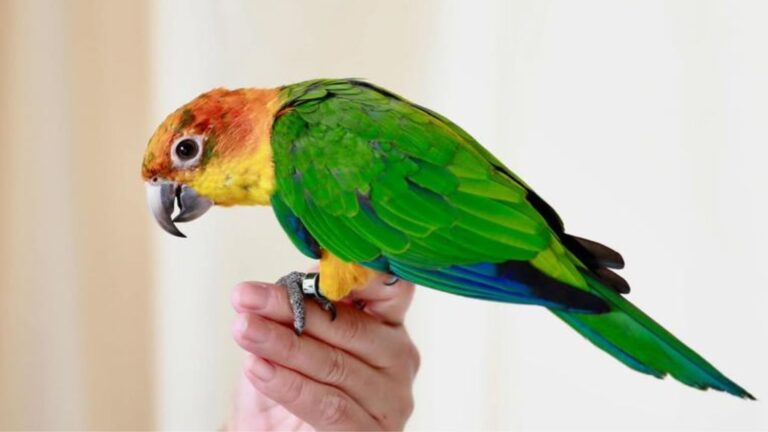15 Strangest Animal Reproductive Behaviors That Will Blow Your Mind

Nature never ceases to amaze. Just when you think you know it all, it throws a curveball that leaves you astounded.
Today, we dive into one of those astonishing topics: the peculiar reproductive behaviors of animals. From the romantic to the downright bizarre, these reproductive strategies will surely change the way you look at the animal kingdom.
1. Praying Mantis
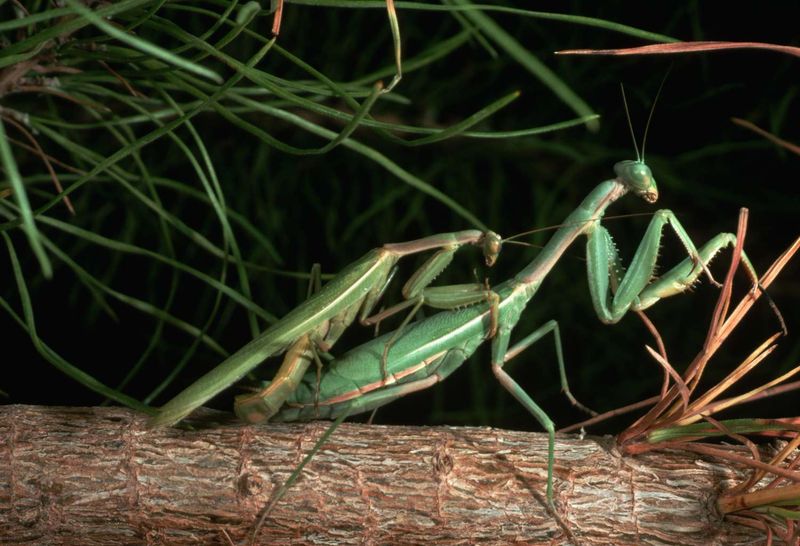
Praying mantises are known for their lethal mating behavior. The female often decapitates the male during or after mating, but don’t be alarmed. This gruesome act is believed to increase her fertility and provide vital nutrients.
Male mantises, despite the risks, approach with utmost caution. Their movements are calculated, each step deliberate. It’s a deadly dance, where survival and reproduction are at odds.
2. Anglerfish
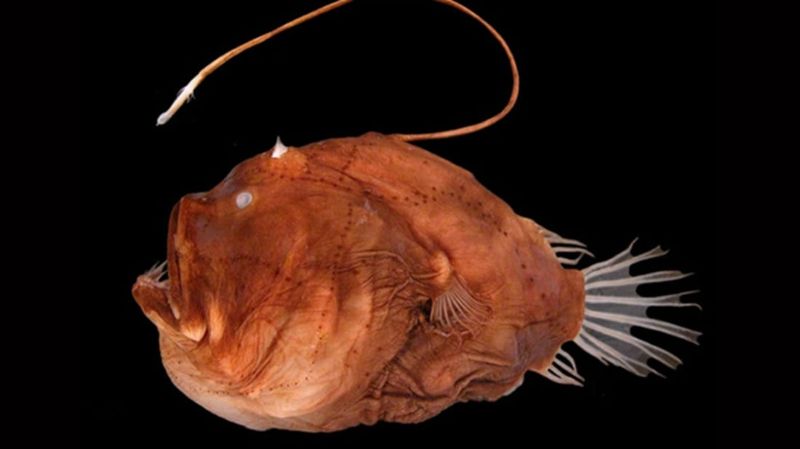
The anglerfish displays one of the most bizarre mating rituals in the ocean. In the eerie darkness of the deep sea, male anglerfish are tiny compared to their female counterparts.
Once they find a mate, they latch onto the female and fuse with her, becoming a permanent appendage. Their bodies merge, and the male’s organs dissolve until only the testes remain. This ensures that the female has a constant supply of sperm, ready whenever she needs it.
3. Seahorses
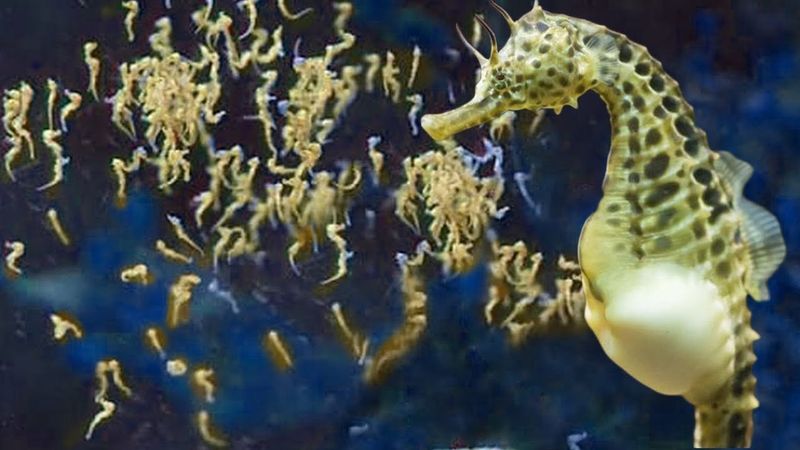
Ever heard of a male pregnancy? Seahorses turn the tables on traditional reproductive roles. The female transfers her eggs to the male’s pouch, where he fertilizes and carries them until birth.
His belly swells and contracts, reminiscent of labor contractions. It’s a unique collaboration in the animal world, where the male nurtures developing offspring.
4. Bowerbirds

In the world of bowerbirds, art and romance go hand in hand. Males build and decorate elaborate structures called bowers to woo potential mates.
They meticulously arrange colorful objects, from berries to bottle caps, creating a visual spectacle. The female inspects these avian art installations, choosing the suitor with the most impressive display.
5. Clownfish
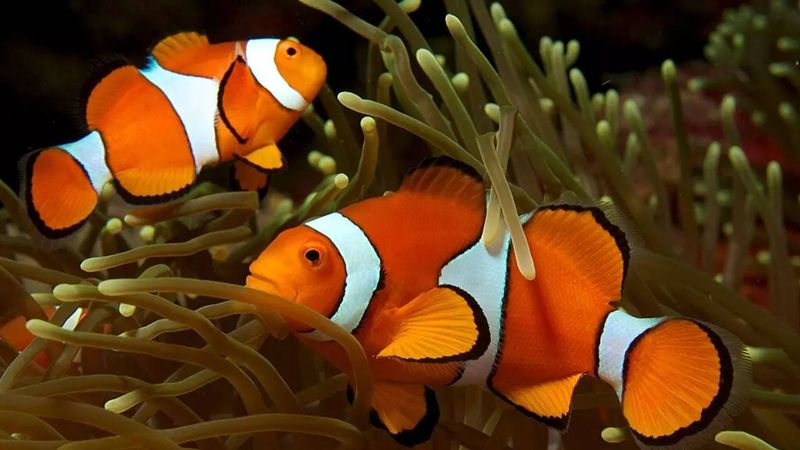
Clownfish, made famous by a certain animated film, have fascinating reproductive dynamics. In their small groups, the dominant female is the largest fish, with a male partner and several smaller males.
If she dies, the largest male changes sex to take her place, ensuring the group’s stability. It’s a remarkable display of adaptability and social structure. Clownfish exhibit a unique gender-fluid system that ensures the survival and continuity of their community.
6. Peacock Spiders
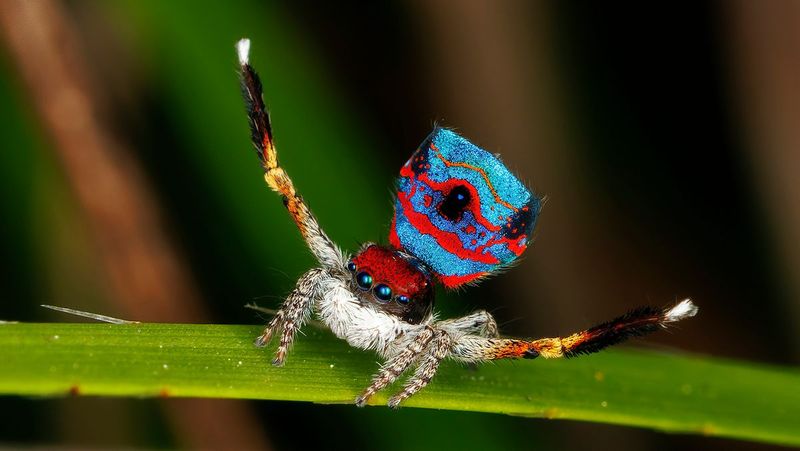
Peacock spiders take courtship to dazzling heights. The male spiders perform an intricate dance, showcasing their vividly colored abdomens to attract a mate.
Their vibrant colors, reminiscent of a tiny peacock, are a visual feast. However, a misstep can be fatal, as females may attack if unimpressed. It’s a risky performance where survival depends on both skill and artistic expression.
7. Sage Grouse
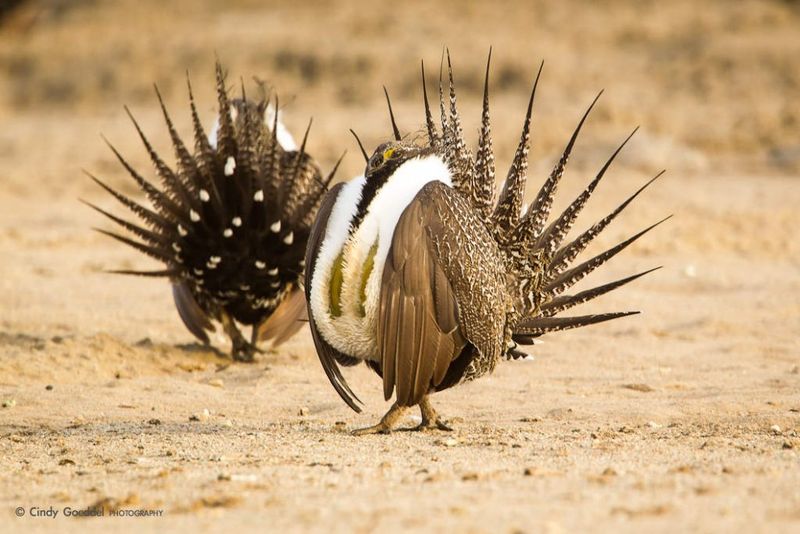
In the open grasslands, the male sage grouse puts on a grand display. He puffs up his chest, inflating air sacs to create popping sounds, while fanning his spiky tail feathers. This dramatic performance is intended to attract females.
The timing and precision of his display can mean the difference between success and failure. It’s a spectacle of sound and sight, where the male’s efforts are judged by discerning females.
8. Cuttlefish
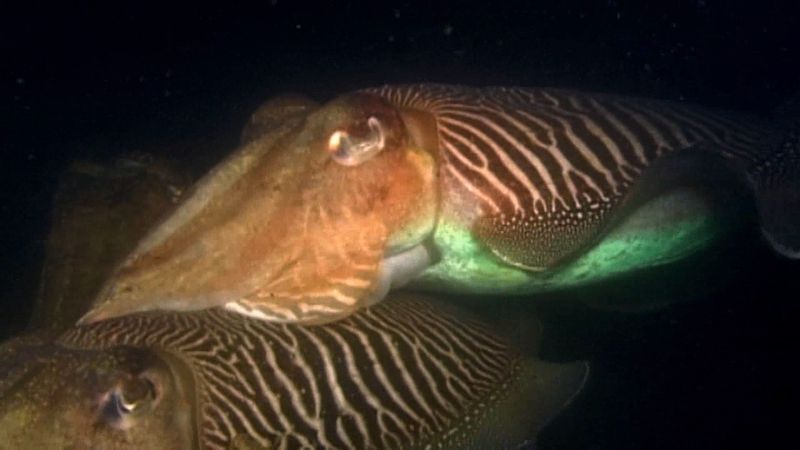
Cuttlefish are masters of disguise in love. Males can change their skin color and pattern to mimic females, sneaking past larger rivals to woo potential mates.
Once close enough, they reveal their true identity, displaying a spectacular color show to win the female’s favor. It’s a cunning game of camouflage and charisma, where only the most resourceful succeed.
9. Bed Bugs
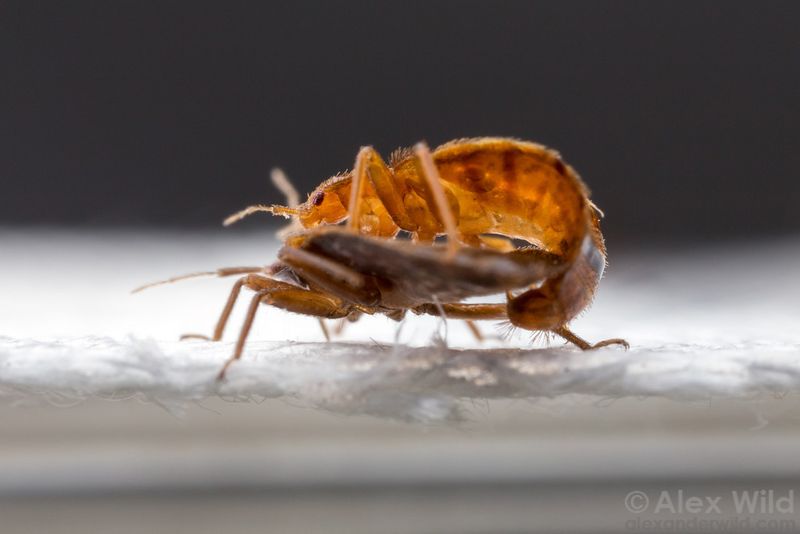
Bed bugs practice a rather unsettling form of reproduction known as traumatic insemination. The male pierces the female’s abdomen to deposit sperm directly into her body cavity.
Though it sounds violent, it’s a bizarre adaptation to ensure reproductive success. Female bed bugs have evolved thicker abdomens to mitigate injury. It’s a harsh reminder of the lengths nature will go to ensure survival and continuation.
10. Bonobos
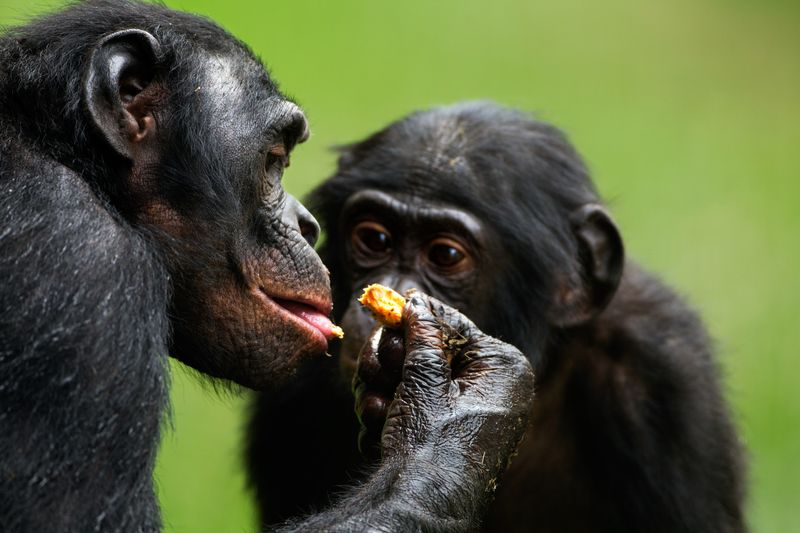
In the world of bonobos, love and peace go hand in hand. These primates use sexual activity as a tool for social bonding and conflict resolution.
Both males and females engage in this behavior, blurring traditional gender roles. Their interactions are a testament to the power of affection in creating a cooperative community.
11. Cichlids
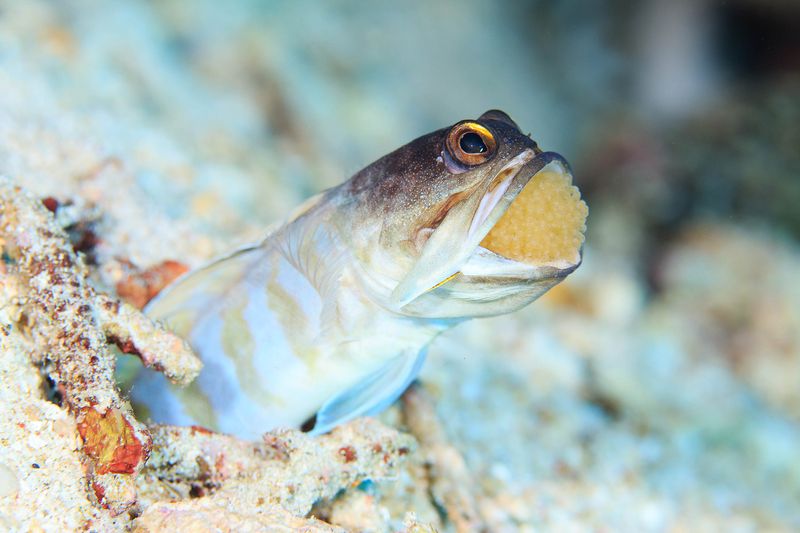
Cichlids have a unique approach to ensuring their offspring’s safety. Some species practice mouthbrooding, where the female carries fertilized eggs in her mouth until they hatch.
This nurturing behavior protects young fish from predators. The female refrains from eating during this period, prioritizing her young’s safety.
12. Flatworms
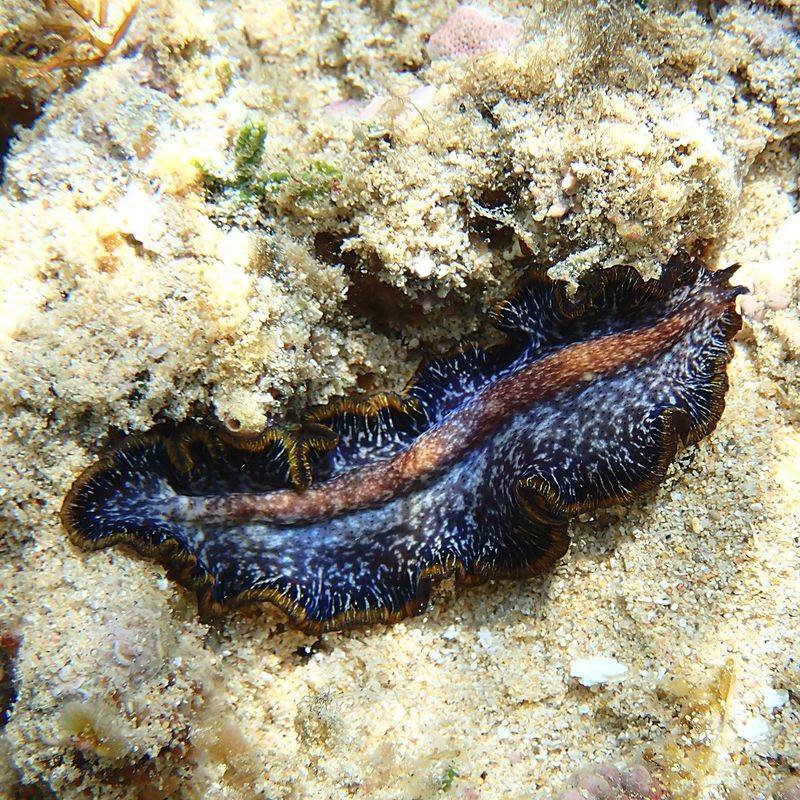
Flatworms engage in a curious duel known as “penis fencing” to determine mating roles. Each flatworm tries to pierce the other’s skin, with the “winner” becoming the male.
The duel displays their resilience and strategy, where reproductive success depends on endurance and precision. It’s a dance of dominance and submission, where roles are fluid and ever-changing.
13. Emperor Penguins
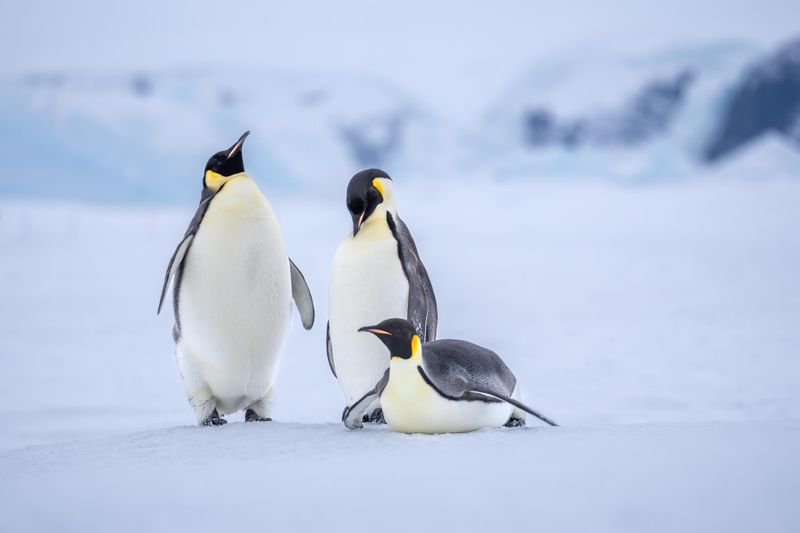
In the freezing Antarctic, emperor penguins showcase extraordinary commitment. After the female lays an egg, she transfers it to the male’s feet, who balances it on his toes under a warm belly flap.
He endures the brutal winter, fasting for months while protecting the precious egg. As the sun returns, the male’s patience is rewarded with the emergence of a fluffy chick.
14. Giraffes
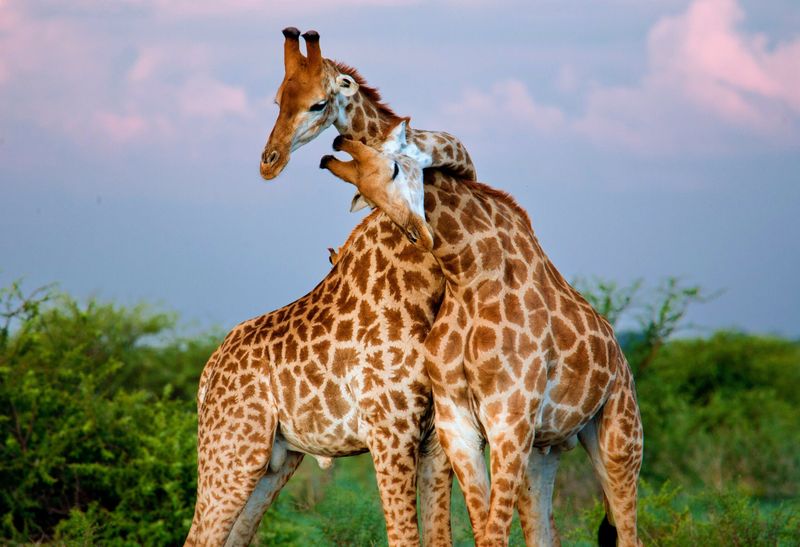
Giraffe courtship involves an unusual ritual of “necking” where males gently test females for fertility. This involves nudging and neck entwining, a gentle prelude to mating.
This interaction fosters bonds and determines readiness for mating, ensuring the continuation of their majestic lineage. The giraffe’s unique approach is a fascinating blend of elegance and biology.
15. Leafcutter Ant
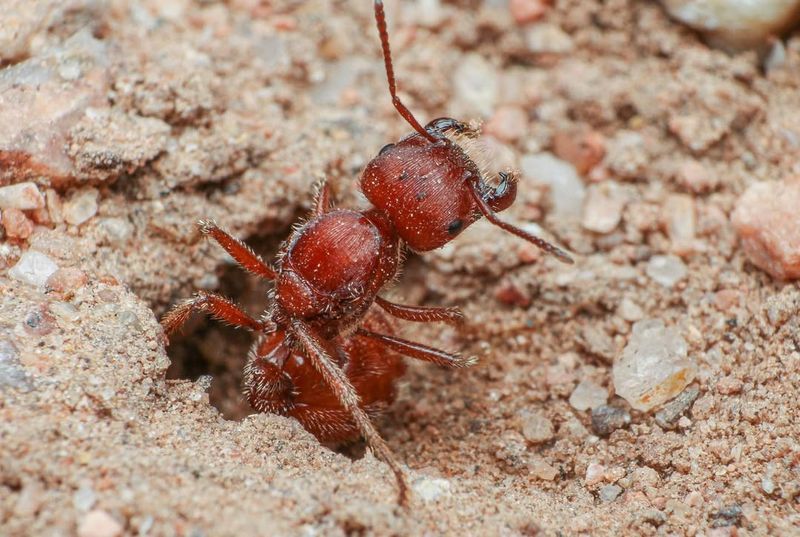
Leafcutter ants exhibit fascinating reproductive behavior, particularly when it comes to their queen. The queen ant mates only once during her lifetime, typically during a special nuptial flight when she mates with multiple males.
Afterward, she stores the sperm in her body, which allows her to fertilize eggs for the rest of her life. Once she starts laying eggs, she dedicates herself entirely to reproduction, while the worker ants, which are sterile females, take care of the colony’s needs, such as foraging and protecting the nest.



